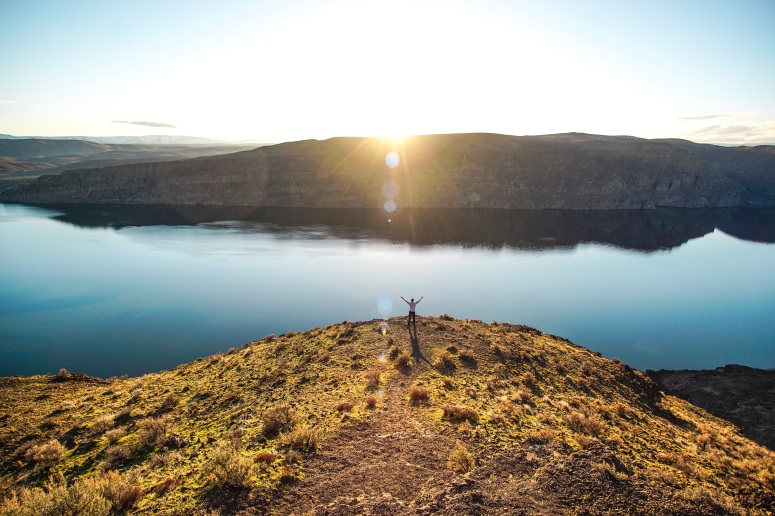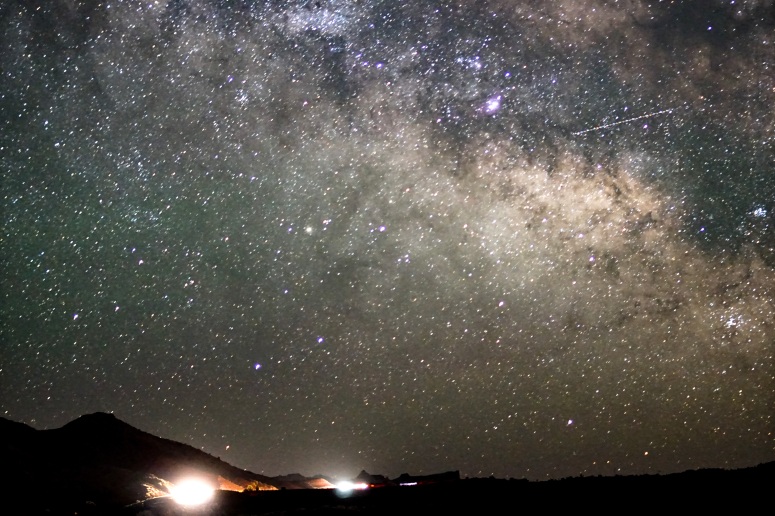I shoot a variety of styles of photography, from landscapes, to portraits, to low-light shots. While one lens may excel at portraits, it might not be the best option for night photography. Another lens might be great for landscapes, but is too heavy to carry on long backpacking trips. For this reason, I like to use a variety of lenses. I’ve compiled this quick guide detailing all the gear I carry in my backpack.
THE DRONE
Prior to a recent trip to Iceland, I bought the DJI Mavic Air 2 (link) for aerial photography. This drone has been incredible – a 48MP camera, a 34-minute battery life, and object avoidance (among many other features). The camera quality and gimbal has allowed me to take stable, clear shots at angles otherwise inaccessible with a normal camera. If you’re looking for the top of the line drone, I would highly recommend this.

THE CAMERA
I shoot exclusively with a Sony A6000 camera (link). This is a fantastic camera that is part of Sony’s large line of mirrorless cameras. Mirrorless cameras offer all the same functionality of a typical DSLR, but are often smaller, lighter-weight, and more compact. I needed something that would be easy to carry around in a backpack, so a mirrorless was my best choice. This camera is an awesome introductory camera for anyone looking to try their hand at photography. It is 24.2 MP, with an ISO up to 25,600 for low light photos. The 3-inch screen and OLED Viewfinder allow you to precisely line up your shots. Most starter bundles even come with a standard 16-50mm lens.
Pros:
Picture quality: As I mentioned above, the camera shoots in 24.2 MP, which provides crystal clear photos. Despite being a 3 years old model, it’s still near the top of its class in the industry. If you’re looking to just share pictures socially (i.e. with friends, on social media), this camera is your answer.
Ease of Use: This camera is very simple to use, with intuitive controls and settings. If you’re a first-time photographer and want a camera that can help you learn, the Sony A6000 is the right choice. I shot in “Scene Selection” mode for my first couple months, and that did just fine.
Battery life: For the every day photographer, the battery life on this is awesome. You can shoot for an entire day and not need to charge or replace batteries. I can remember quite a few instances where I turned it off and on about 100 times, and it still lasted throughout the day.
Lifespan: Since Sony continues to innovate and add new cameras to their mirrorless lineup, lens manufacturers continue to make high-quality e-mount lenses. Because of this, you will never have a shortage of lenses or accessories with this camera. You can continue to use it for a long time.
Low-light capabilities: This camera performs excellent in low light. With ISO settings up to 25,600 and as low as 100, this camera is effective in the middle of the night or in broad daylight. I’ve found it an especially great camera for night photography.
Cons:
Price: While I would argue that it’s a reasonable value for the features you get, the starting price point of $600+ can be a turn-off for some. It is a great camera for every day use, but you may be able to find cheaper options if you’re not willing to spend that much.
Non-touchscreen: This isn’t a huge hit against the camera. While it would be helpful if the back screen was a touch screen, as a few other LCD screens on other cameras are, the camera functions just fine without it.
Overall:
This is an AWESOME camera. I can’t recommend the Sony A6000 (link) enough. It has been phenomenal for both landscape and portrait photography, and has allowed me to take professional-level pictures with ease. If you are in the market for a camera, this one will do the trick, no matter what you’re looking for.
THE LENSES
Sony 18-105mm f4.0 (link)
Focus Type: Autofocus
Best Use: Landscape
Example picture:

This is my new go-to lens that I rarely take off the camera. This lens has twice the zoom of the base lens with the same autofocus and quality that I’ve come to appreciate. I always felt a bit restricted on distance shooting with the base lens. With this lens, I can shoot landscapes far away and not have to sacrifice picture quality.
Sony 16-50mm f3.5 (link)
Focus Type: Autofocus
Best Use: Landscape, Portrait
Example picture:

The base lens is excellent for shooting landscapes and portraits. I always tell people that if you are a beginning photographer looking for a great learning kit, this camera/lens combo will be your best choice for about 90% of the things you need.
Rokinon 12mm f2.0 (link)
Focus Type: Manual
Best Use: Landscape, Night shots with foreground subject
Example picture:

This is my go-to lens for both landscapes and night shots. Like the picture above, this camera shines when there is an object in the foreground (such as a tree, tent, or person) and a fantastic landscape in the background (such as mountains, a river, or the Milky Way). It has a wide range of focus, which also does well in low-light. Since it’s a manual focus, it may be tough to learn how to find the right settings, but once you figure it out, you will rarely take it off. This is an amazing lens which I highly recommend.
Rokinon 50mm f1.4 (link)
Focus Type: Manual
Best Use: Portraits, Night shots with no foreground subject
Example picture:

This is a lens I just started using recently for night photos. I didn’t start using this until recently, when someone recommended I try this for Milky Way shots. This has a much closer zoom than the first lens. In the picture above, the lights/cars/mountains are about a mile away. But on the flip side, it produces clear, quality shots and I’ve been really pleased with the pictures I’ve taken with it. Again, this one is a manual focus so it can be tough to understand the settings right off the bat. But it’s an awesome all-around lens.
Sigma 30mm f1.4 (link)
Focus Type: Autofocus
Best Use: Portraits, Landscape
Example Picture:

This is one of my more recent lens purchases. It is a small, compact auto-focus lens that I use for both portraits and landscape photography. The low aperture makes for a cool, artistic background and a crisp, clean subject in the foreground. It is perfect for shooting a group of people with a great background behind them. The auto-focus feature makes it a great lens to just leave on the camera for everyday pictures, without having to worry about focusing the lens.
Kamlan 50mm f1.1 (link)
Focus Type: Manual
Best Use: Portraits, Macro Landscape
Example Picture:

This is my newest lens, but also my go-to for portraits. The f1.1 is as strong as you will find anywhere on the market. It produces crystal clear pictures with excellent bokeh. Secondly, it is a small, intuitive lens. It is easy to use, and I had no trouble adjusting for clarity while shooting. It is a little heavier than most other lenses I use, but I won’t knock it for that. It is excellent for macro photography (such as far-off landscapes) and INCREDIBLE for portraits. It delivers comparable quality to similar high-end lenses in the market but for a fraction of the cost.
OTHER GEAR
Abonnyc Camera Backpack (link)
This is an absolute beast of a backpack. It is comfy, durable, waterproof, and has room for the camera and 4-6 lenses (depending on size). I take this thing everywhere, as it also has room for my tripod, my laptop, and food/water if necessary. Your backpack will be a crucial part of lugging around gear, and I highly recommend this one.
Sony Tripod (link)
A tripod is a MUST if you’re looking to shoot at night. It is also required if you are interested in shooting long-exposure landscapes, such as the “smooth water” effect on a waterfall or river. This is an excellent choice for a cheap but durable tripod.
Wireless Remote Control (link)
This piece of equipment isn’t super necessary, as I hardly use it. This remote allows you to control the shutter from around 30 feet away. It’s great for getting yourself in group pictures or long exposure photos where you wouldn’t want to touch the camera.

